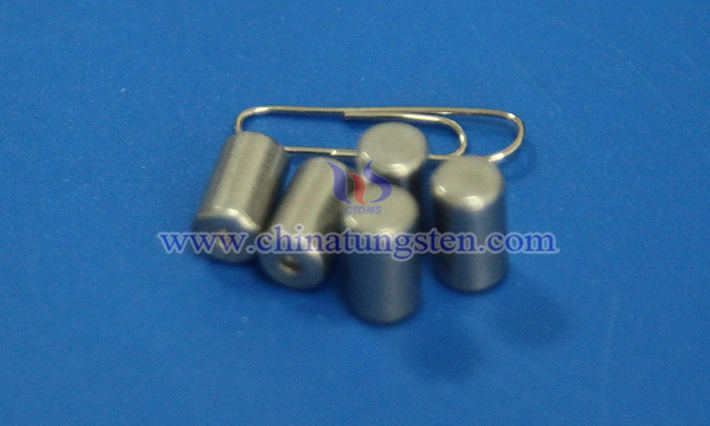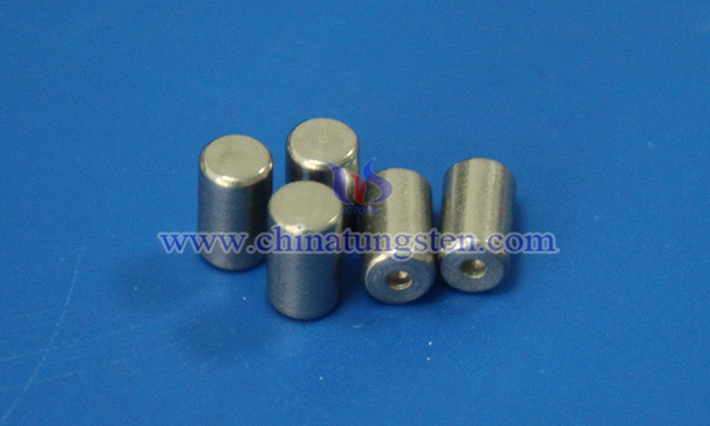Factors Affecting the Grain Size of Barium Tungsten Electrode
- Details
- Category: Tungsten Information
- Published on Tuesday, 27 May 2025 17:40
- Written by Zhenghua
- Hits: 12
The grain size of barium tungsten electrode is crucial to its performance (such as electron emission ability, thermal stability and mechanical strength), and its influencing factors can be summarized as follows:
1. Raw Material Characteristics
Powder Particle Size and Uniformity: The smaller and more uniformly distributed the initial tungsten powder and barium salt particle size, the easier it is to control grain growth during sintering. Nanoscale powder can promote densification and refine grains.
Barium Content and Existence Form: Barium usually exists in the form of oxide or composite phase. Appropriate amount of barium can form second phase particles and pin grain boundaries; excessive amount may cause particle aggregation and weaken the refinement effect.
Impurity Content: Impurities may hinder or promote grain boundary migration, and high-purity raw materials help to accurately control grain size.

2. Sintering Process Parameters
Sintering Temperature and Time: High temperature or long-term heat preservation accelerates atomic diffusion, resulting in grain coarsening. It is necessary to balance densification and grain growth and find the optimal temperature and time window.
Heating/Cooling Rate: Rapid heating reduces grain growth in the low-temperature stage; rapid cooling inhibits high-temperature grain coarsening.
Sintering Atmosphere: Hydrogen or vacuum environment can avoid oxidation, affect the volatilization of barium and the formation of the second phase, and thus regulate the grain size.
3. The Effect of Additives and the Second Phase
Rare Earth Oxide Doping: Adding La₂O₃, Y₂O₃, etc. can form nano-scale second phase particles, and inhibit grain boundary migration through the Zener pinning effect.
Barium Volatilization Control: Barium may volatilize at high temperatures, and it is necessary to optimize sintering conditions or add stabilizers (such as Al₂O₃) to maintain the second phase content.

4. Preparation Method
Powder Synthesis Technology: Mechanical alloying or chemical methods (such as sol-gel) can improve powder uniformity and refine initial particles.
Forming Pressure: High pressure (such as hot-pressing sintering) promotes densification, reduces porosity, and inhibits abnormal grain growth.
5. Subsequent Treatment
Heat Treatment: Annealing may induce recrystallization, and the temperature needs to be controlled to avoid excessive grain growth.
Plastic Processing: Rolling or forging introduces dislocations, which may refine the grains after recrystallization, but barium tungsten electrodes are usually used in a sintered state, so the effect is small.
6. Second Phase Distribution and Pinning Effect
The size and distribution of barium compounds (such as BaWO₄) are crucial to the pinning effect. Uniformly distributed nanoparticles can significantly refine the grains, while coarse or agglomerated particles have limited effect.
- Chinatungsten Online: www.tungsten.com.cn
- CTIA GROUP LTD: en.ctia.group
- Tungsten News & Price: www.ctia.com.cn
- Molybdenum News & Price: news.molybdenum.com.cn
- Tel.: 86 592 5129696; Email: sales@chinatungsten.com





 sales@chinatungsten.com
sales@chinatungsten.com